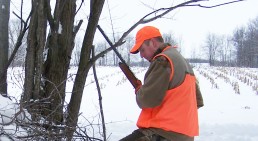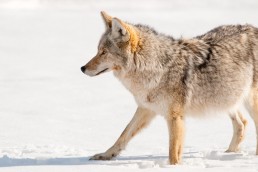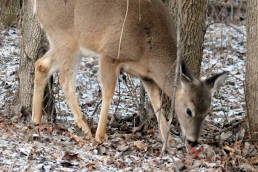Five Tips for Late-Season Cottontails
SHARE THIS POST
For some hunters, a fresh blanket of snow signals the beginning of their cottontail rabbit season. I just happen to be one of those hunters. When a fresh blanket of snow covers the ground, it’s time for me to grab my shotgun and head to the woods in pursuit of cottontails.
The following five tips will help fill your game bag with some cottontails this winter.
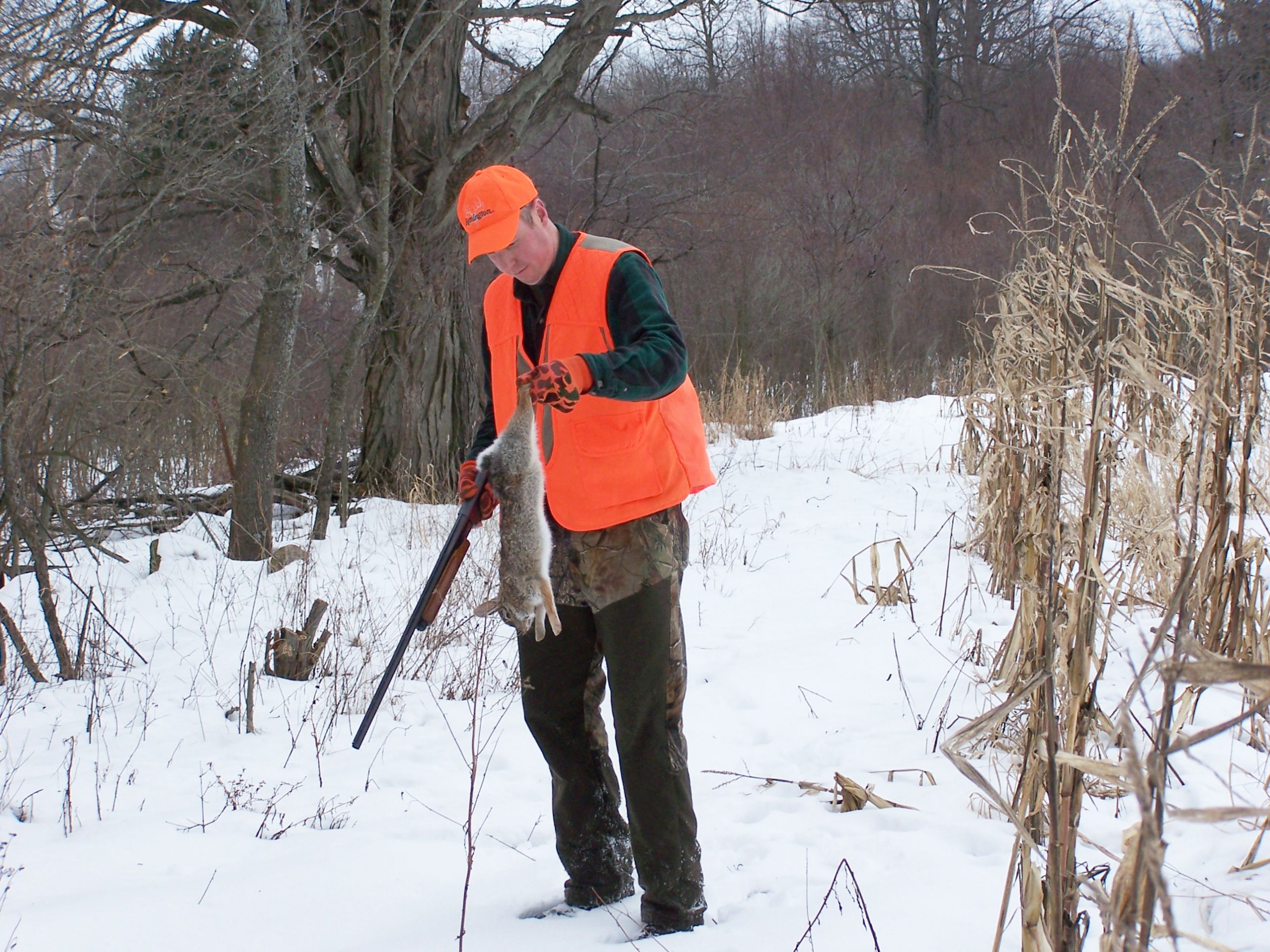
Find them
During the late season, rabbit activity can keep you on your toes when the conditions are right. With fresh powder on the ground, rabbit tracks can be easily spotted, increasing your chances of locating areas that hold them. One place that is sure to provide you with a rabbit or two are fencerows. Older fencerows typically are overgrown with briars, brush, brambles and trees. This creates excellent strips of cover for cottontails to hide and feed. Fencerows are abundant throughout agricultural areas where farmers in the past divided their fields into sections.
Another excellent location to find rabbits is brush piles. The best way to hunt them is to either kick the brush pile or carefully climb on top of it and slowly bounce up and down. Sometimes, the rabbit will run directly behind you, so it’s best to have a second person stand out from the pile, in position for a shot.
Although fencerows and brush piles are my favorite places to hunt rabbits, there are several other locations where they can also be found. These include food sources, abandoned farms, spruce trees, creek bottoms and areas with thick autumn olives or underlying brush.
Equipment
I prefer hunting rabbits with a 20-gauge pump action using a modified choke and number 6 shot. An improved cylinder choke works well also. It’s fairly light, which allows me to quickly shoulder the gun when a nearby rabbit presents a shot, and to carry it for long hours afield. This is extremely important because I usually spend a couple of hours chasing rabbits. Other common guns used to hunt rabbits are the .410, .22 and 12-gauge.
An orange hunting vest with a game bag in the back and plenty of shell holders in front is essential when rabbit hunting. You can never carry too much ammunition, especially when it takes two or three shots to down a zigzagging rabbit—which has happened to me on more than one occasion. Those game bags can fill up fast sometimes, so make sure your hunting companions have one, too.
Brush pants are also a must-have for any rabbit hunter. These pants allow you to penetrate brushy areas without your legs getting all scratched up and help keep those nasty burdocks off you.
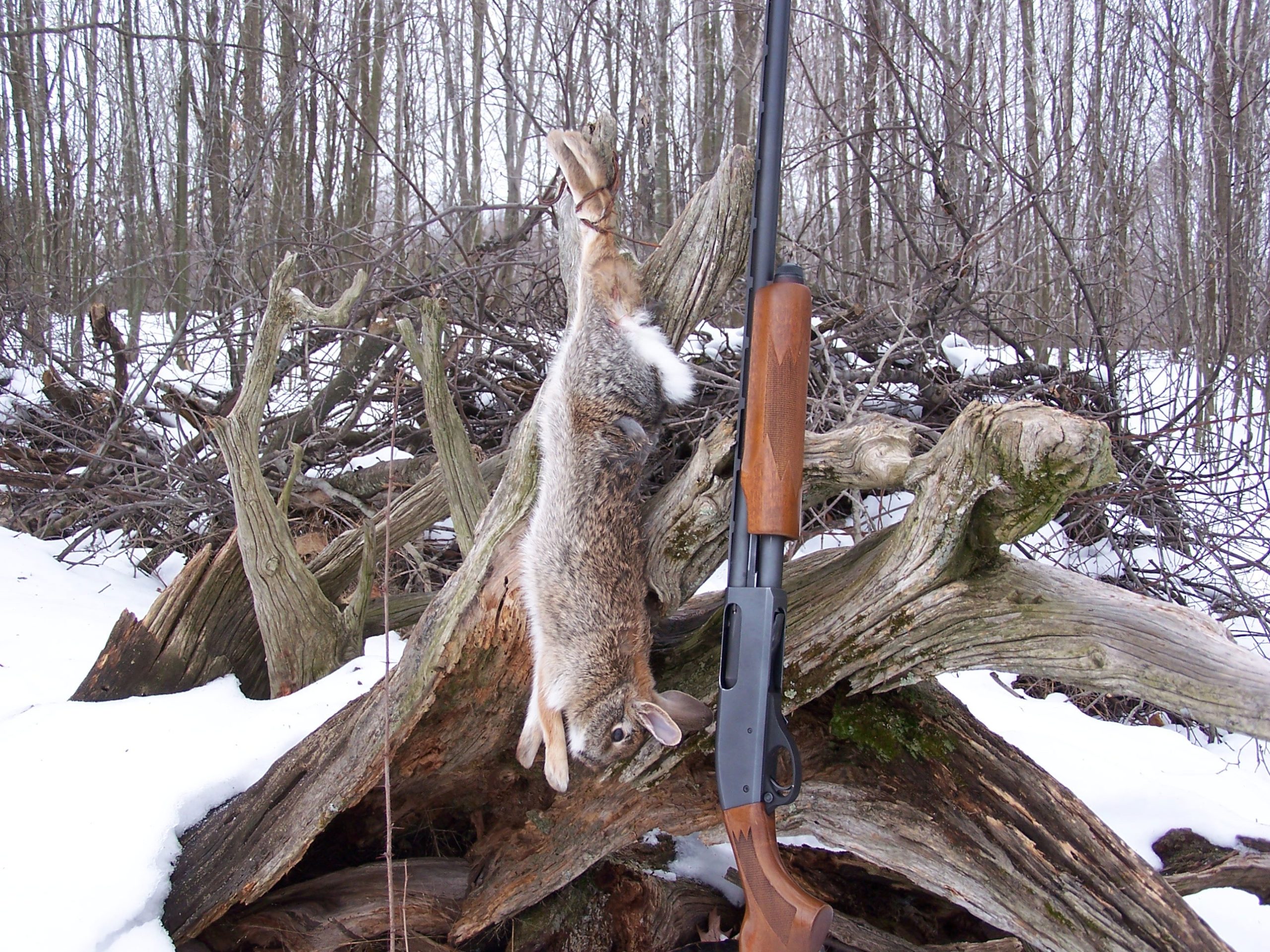
Are you enjoying this post?
You can be among the first to get the latest info on where to go, what to use and how to use it!
Methods
Whether you hunt cottontails alone, with others or use dogs, there are a variety of tactics to use for each. When hunting cottontails solo, be observant of any rabbit tracks or droppings in these areas. This could indicate that one is in the vicinity. Usually, I am aggressive while roaming through areas where I know cottontails are frequenting. I will purposely make noise with my feet to scare rabbits into moving. But periodically, I will stop in place and scan the surrounding area for the silhouette of a rabbit or its round eye, which stands out against cover.
Stopping in your tracks will sometimes flush one from its hiding place. This happened to me on one particular hunt. As I reached a small opening next to a nearby creek bottom, I decided to stop walking and scan the area. When I turned and glanced over my right shoulder, a rabbit bolted from cover into the opening. The rabbit fell from one blast of number 6 shot.
When you and your hunting buddies get together and head out to chase some late-season cottontails this winter, there are a few things to consider. When approaching likely cover such as an overgrown fencerow, stay spread out and walk on the opposite side of each other. Your chances of flushing a rabbit out into the opening is much greater with this method. The stop-and-go tactic is also important when hunting with others. You may catch a glimpse of a rabbit by looking over your shoulder when you stop.
Hunting with well-trained beagles or bassets can also make for exciting and successful hunting. When a dog is in hot pursuit of a rabbit, hunters should stand at the ready, in one spot. Eventually, the dog chase will cause the rabbit to circle, providing hunters with a possible shot opportunity.
Timing
Because cottontails spend most of their time feeding during the early morning hours and again towards dusk, small game hunters should focus their efforts on hunting during these times for the most success. Hunting rabbits near food sources such as clover or saplings next to some briar patches and thickets will help fill your game vest early and late in the day.
Late in the season, temperatures can oftentimes be extremely cold, dropping to below freezing and staying there for several days or weeks at a time. As soon as the forecast predicts a sunny day with a rise in the temperature, consider heading to the woods. On these types of days, it’s not uncommon to see rabbits during the middle of the day.
Another great time to hunt rabbits is just before a heavy snowfall. Like other animals, rabbits begin feeding heavily before a storm.
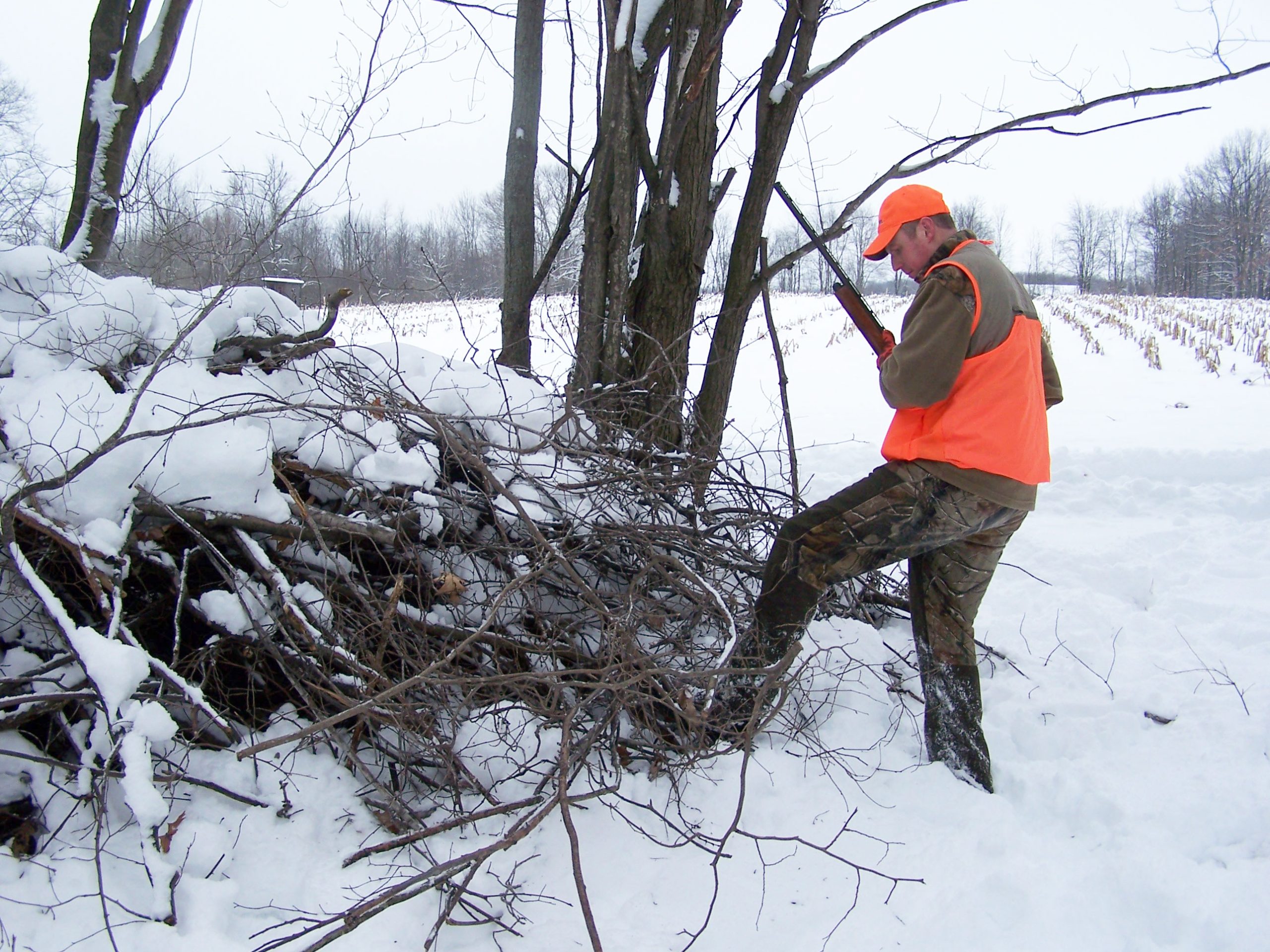
Look for sign
One sure way to tell if you are hunting in the right area is to look for rabbit sign. The most obvious sign that you have probably run across are tracks and droppings made by rabbits. If you find these two things, or a small depression where a rabbit has bedded down, chances are one is nearby. Other rabbit sign to look for include saplings where the bark has been girdled, cleanly snipped twigs, and runways.
MWO
SHARE THIS POST
Did you enjoy this post?
You can be among the first to get the latest info on where to go, what to use and how to use it!
Darin Potter
Darin Potter’s passion for outdoor writing began at the age of 12 when he first began writing in a journal that his parents bought him on a family camping trip in Northern Michigan. His writings have appeared in several Midwest publications: Michigan-Out-of-Doors, Michigan and Ohio Outdoor News, Modern Pioneer, and MidWest Outdoors.
